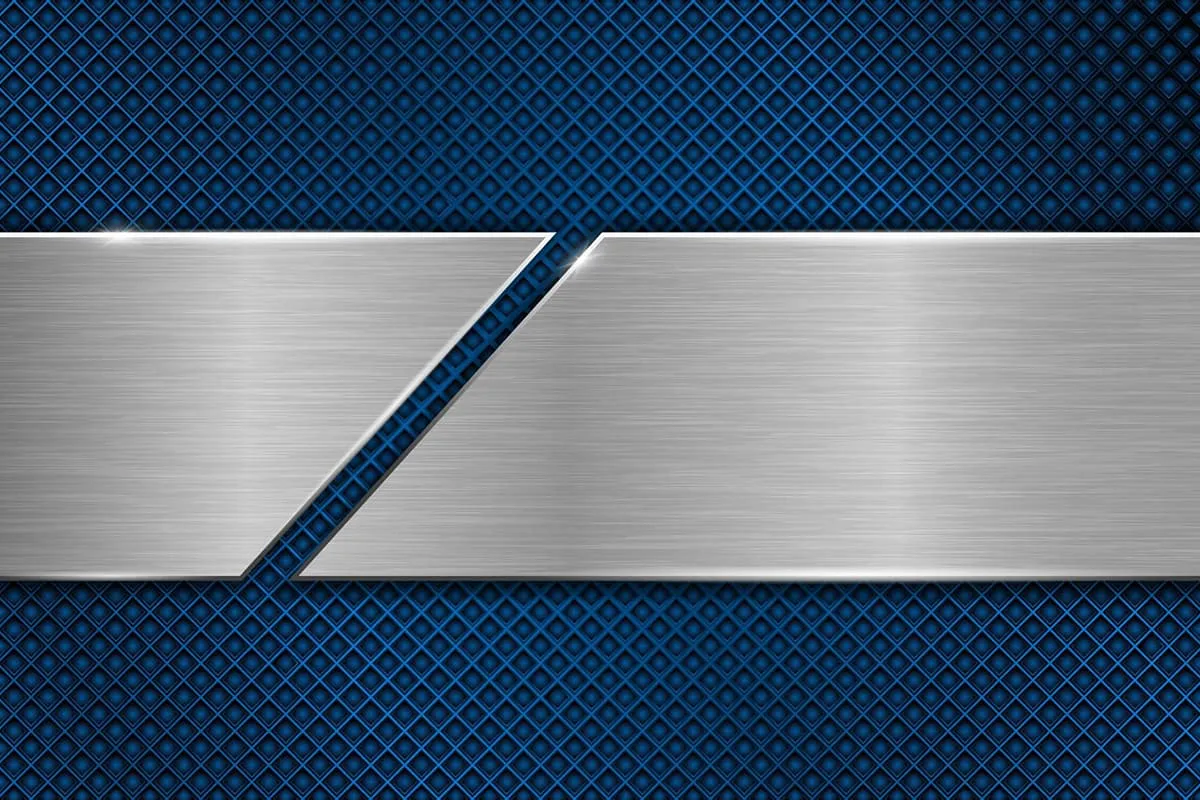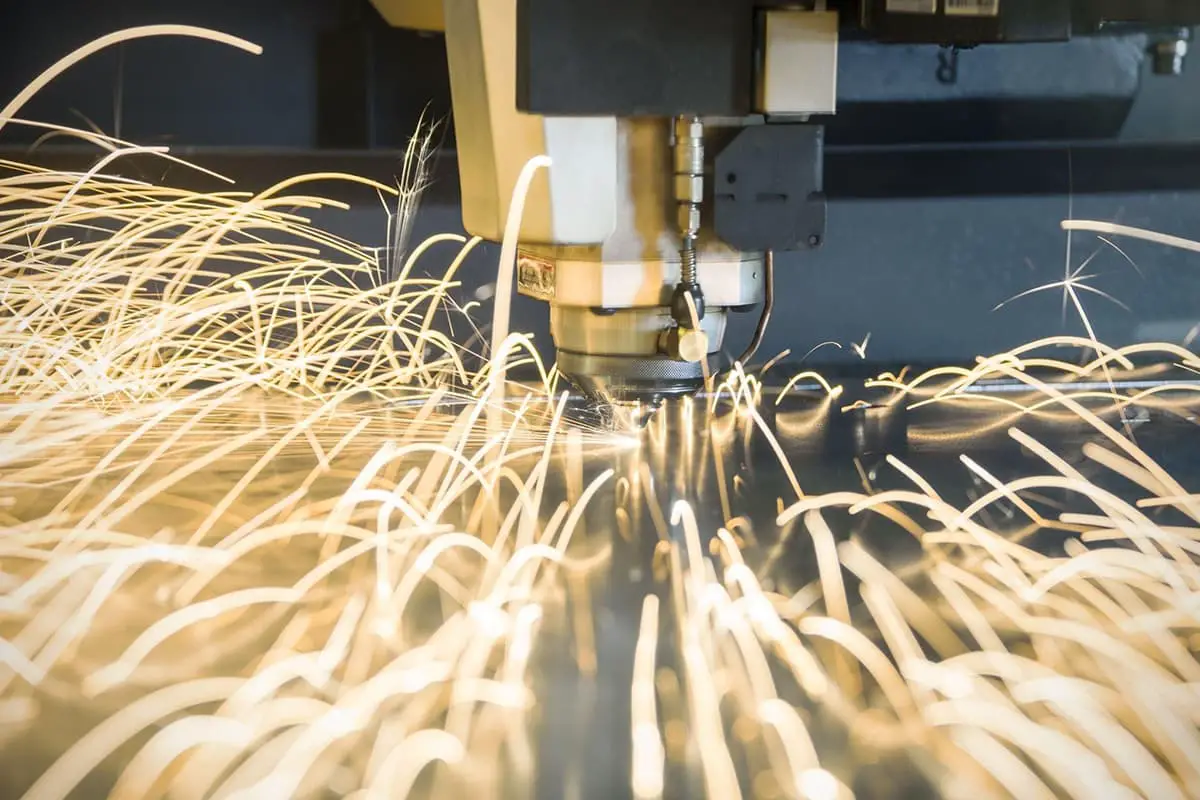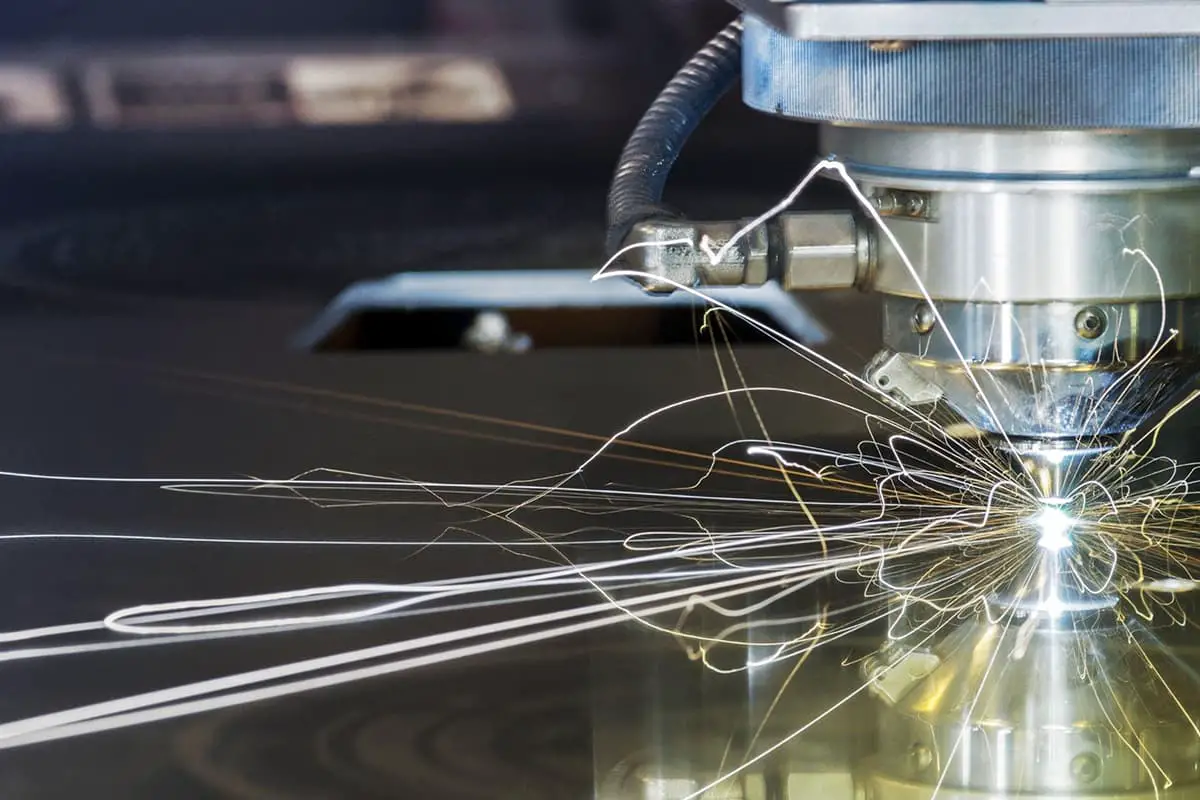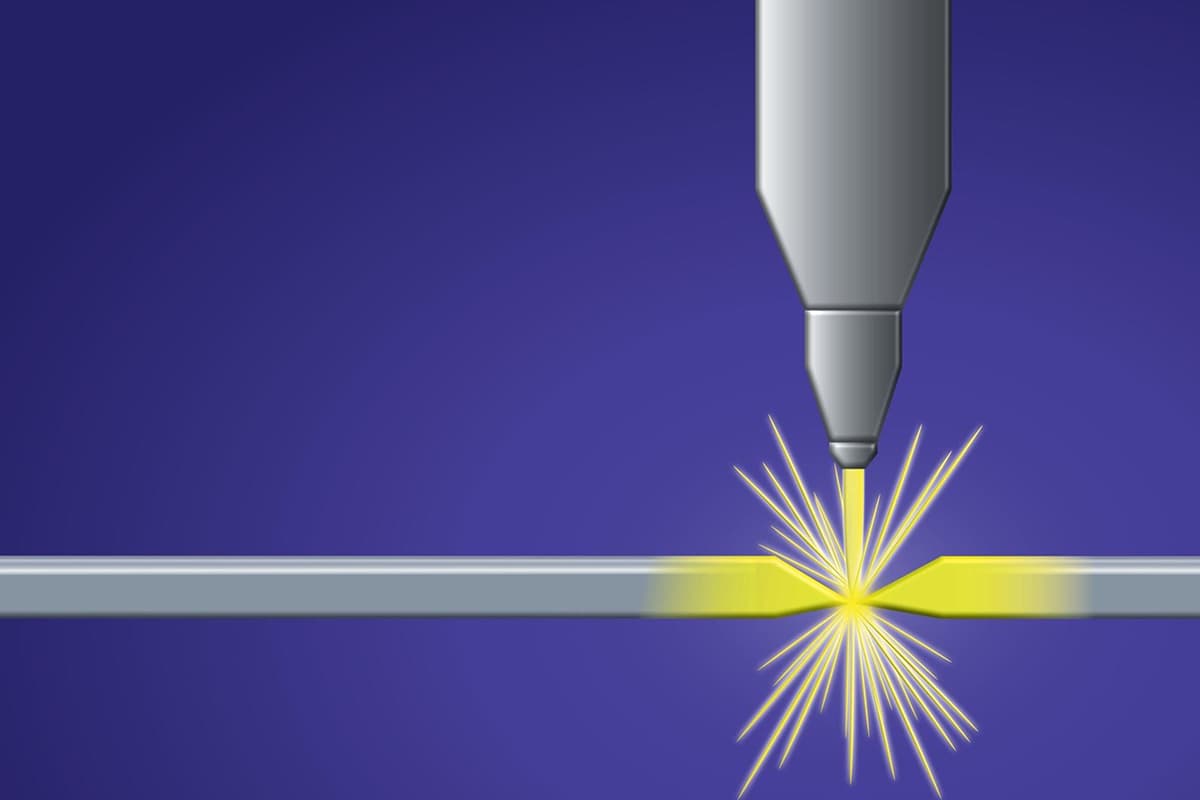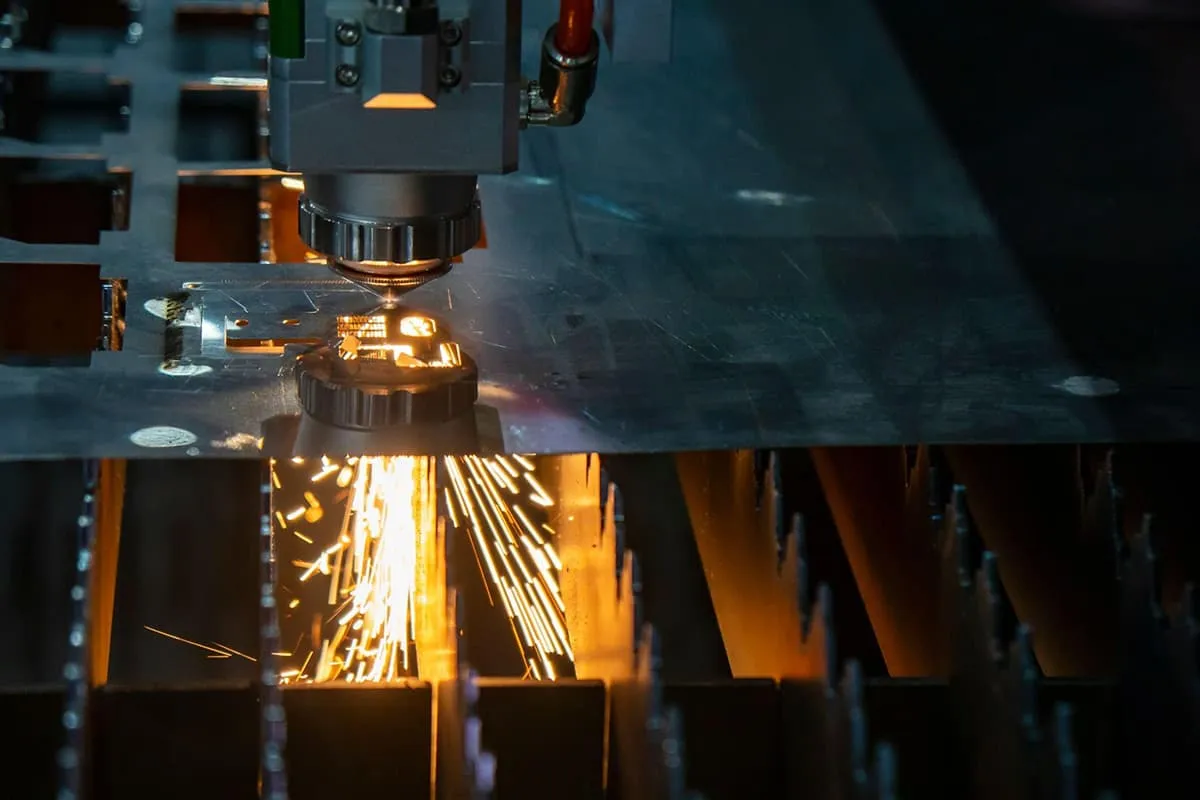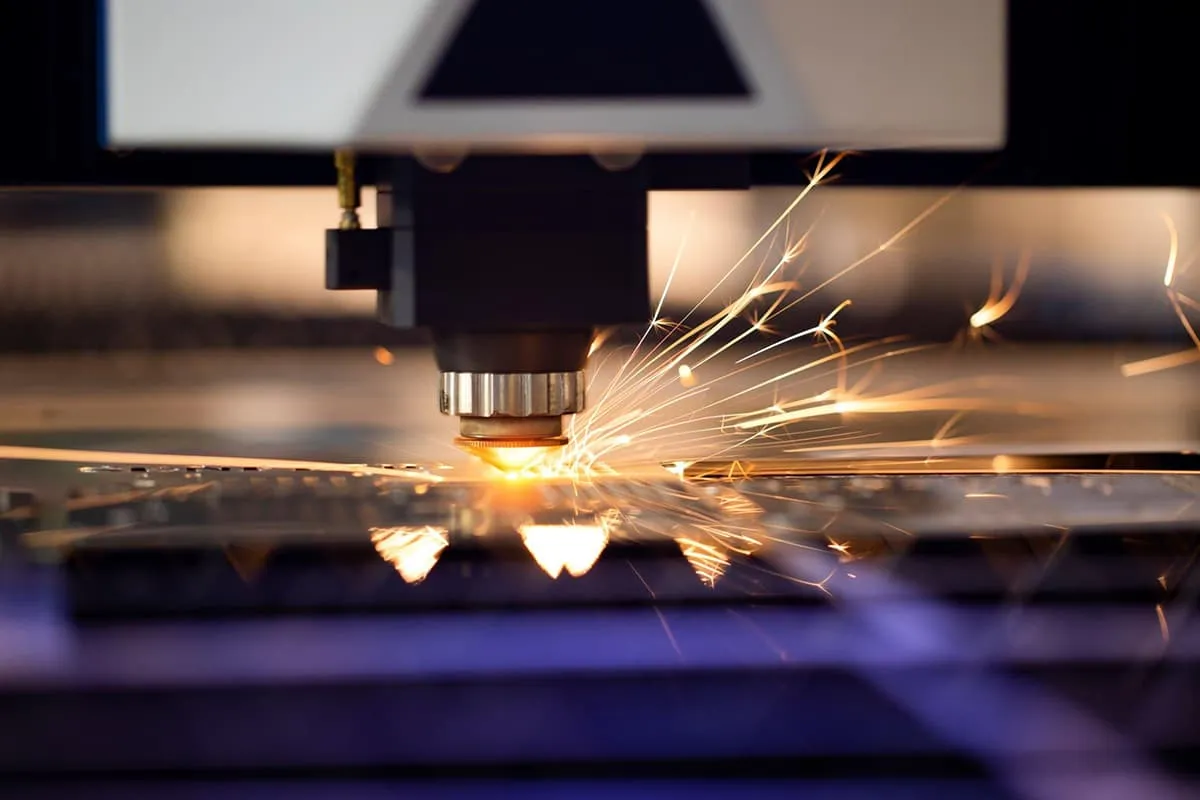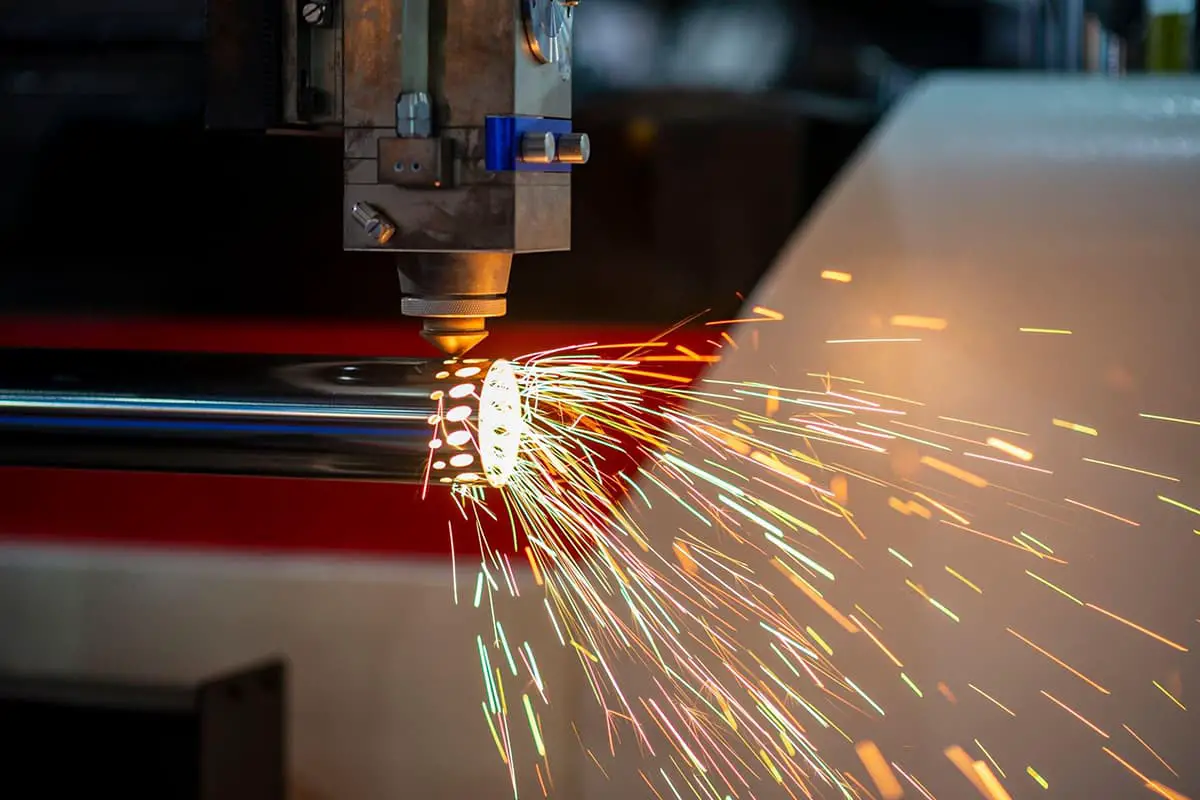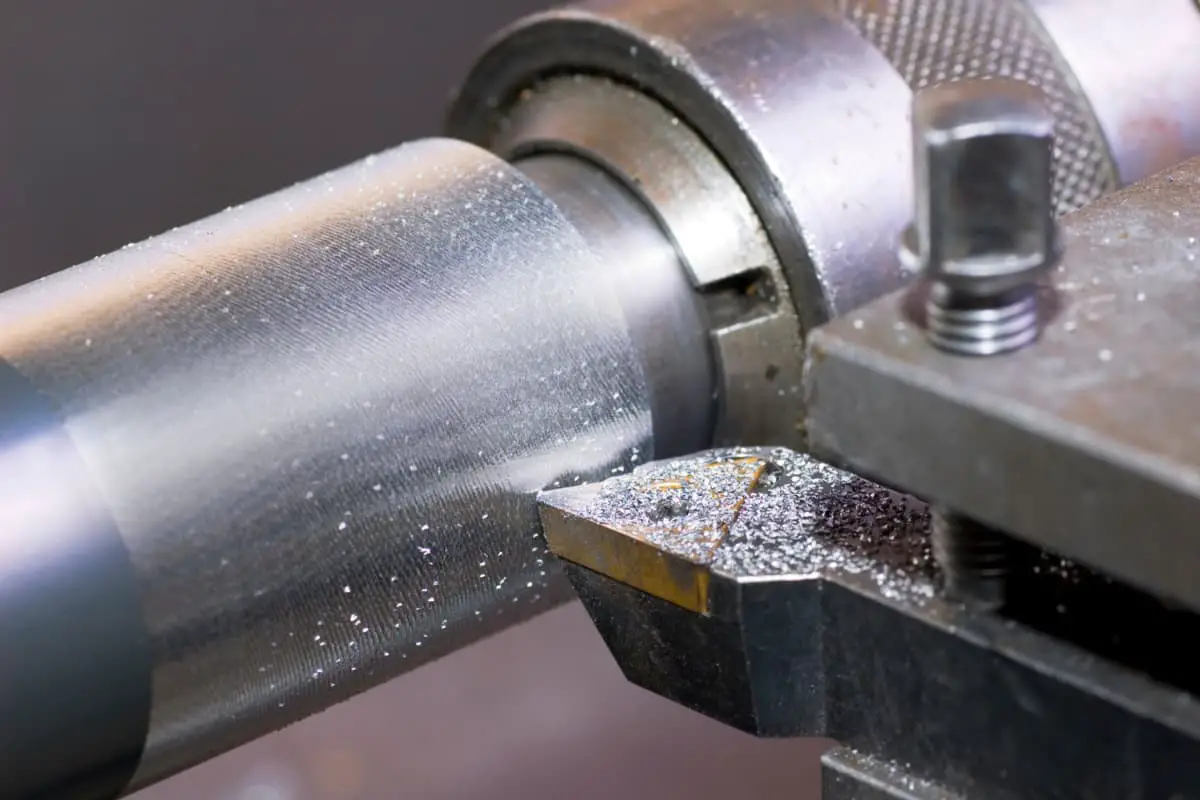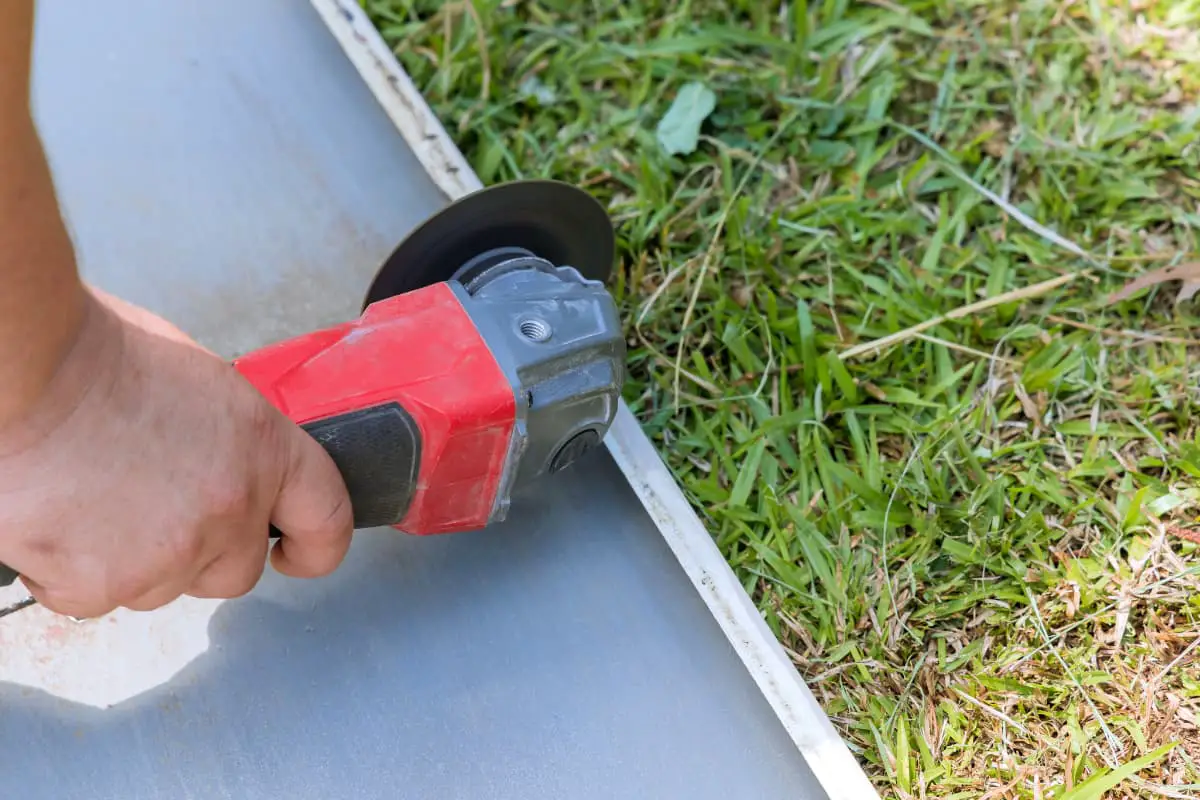
Cutting stainless steel requires precision and the right tools to ensure clean cuts and maintain the material’s integrity. Stainless steel, known for its strength and resistance to corrosion, is a common material in construction, automotive, and kitchenware industries. This guide provides foundational knowledge for working with stainless steel, emphasizing the importance of selecting appropriate methods and tools for cutting.
There are several techniques one can employ when cutting stainless steel, each suitable for different thicknesses and end-use applications. For thin sheets, hand tools like tin snips or a hacksaw might suffice, whereas thicker sections often necessitate the use of power tools such as angle grinders or circular saws, equipped with a blade designed for stainless steel. advanced methods like laser cutting, waterjet cutting, or plasma cutting are options for intricate shapes or industrial-scale projects, offering high precision and efficiency.
Understanding the properties of stainless steel is crucial for achieving the best results. Stainless steel’s durability comes from an alloy composition that includes chromium and nickel, providing the material with its non-corrosive qualities. However, this same composition can cause work hardening and heat discoloration if not handled correctly during the cutting process. Employing the correct speed, feed rate, and cooling techniques can help mitigate these issues, ensuring a professional finish.
Safety Considerations
When cutting stainless steel, safety is paramount. The following subsections outline essential measures to prevent accidents and injuries.
Personal Protective Equipment
- Eye Protection: Safety glasses or goggles must be worn to shield eyes from flying sparks and metal filings.
- Hearing Protection: Earplugs or earmuffs should be used to protect against noise from cutting tools.
- Hand Protection: Gloves need to be worn to safeguard hands from sharp edges and the heat generated from cutting.
- Respiratory Protection: A suitable dust mask or respirator should be used to prevent inhalation of metal dust and fumes.
Working Environment
- Ventilation: Ensure sufficient airflow to disperse fumes and maintain a fume extractor if available.
- Fire Safety: Keep a fire extinguisher nearby and remove flammable materials from the cutting area.
- First Aid: Maintain a complete first-aid kit in the vicinity for immediate response to potential injuries.
- Equipment Inspection: Regularly inspect cutting tools and machinery for damage and ensure they are in good working order before use.
Tool Selection
When cutting stainless steel, the choice of tools is critical for achieving clean cuts and maintaining safety. Tool quality, compatibility with the thickness of the steel, and the type of cut desired are primary considerations.
Manual Tools
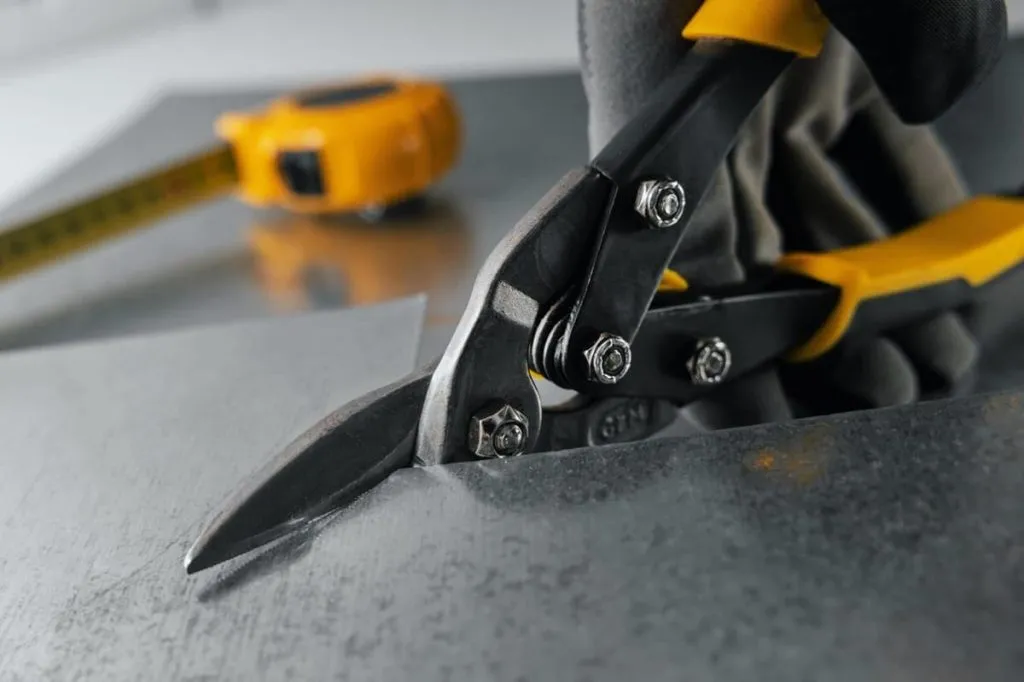
For thinner sheets of stainless steel, manual tools can be effective. They require physical effort but provide control and precision.
- Hand Shears: Best for cutting thinner gauges of stainless steel; they offer control and are cost-effective.
- Hacksaws: Suitable for small jobs, hacksaws need to be used with a blade that is appropriate for cutting metal.
Power Tools
Power tools are necessary for thicker stainless steel or for projects requiring significant amounts of cutting.
- Angle Grinders: A versatile option, capable of cutting through most thicknesses when equipped with a metal cut-off wheel.
- Circular Saws: With a proper metal cutting blade, these are suitable for straight cuts on thicker sheets.
- Plasma Cutters: Ideal for heavier gauges and complex shapes, but they require training to use safely and effectively.
Preparation
Proper preparation is crucial for a clean and safe cut when working with stainless steel. Ensuring the material is secure and measurements are accurate are the first steps one must take before proceeding to any cutting task.
Material Securing
The stainless steel sheet or object must be securely clamped down to prevent any movement during cutting. Use C-clamps or a vise to hold the material firmly in place. It’s important to protect the surface of the steel with a thin sheet of rubber or a cloth to prevent scratching when securing.
- Protective Layer: Rubber/Cloth
- Tools for Securing: C-Clamps, Vise
Measurement and Marking
Accurate measurements are critical to ensure the final cut is precise. Use a ruler or measuring tape for straight measurements and a scribe for marking, as pencil or pen may not be visible or precise on stainless steel.
- Measure the length and width where the cut is needed.
- Mark the cutting line with a scribe, applying a straight edge or square for accuracy.
- Measuring Tools: Ruler, Measuring Tape
- Marking Tools: Scribe, Straight Edge/Square
Cutting Techniques
Different techniques are required for cutting stainless steel, each suitable for various thicknesses and applications. One must consider the precision, cut quality, and the necessary equipment for the job.
Hand Sawing
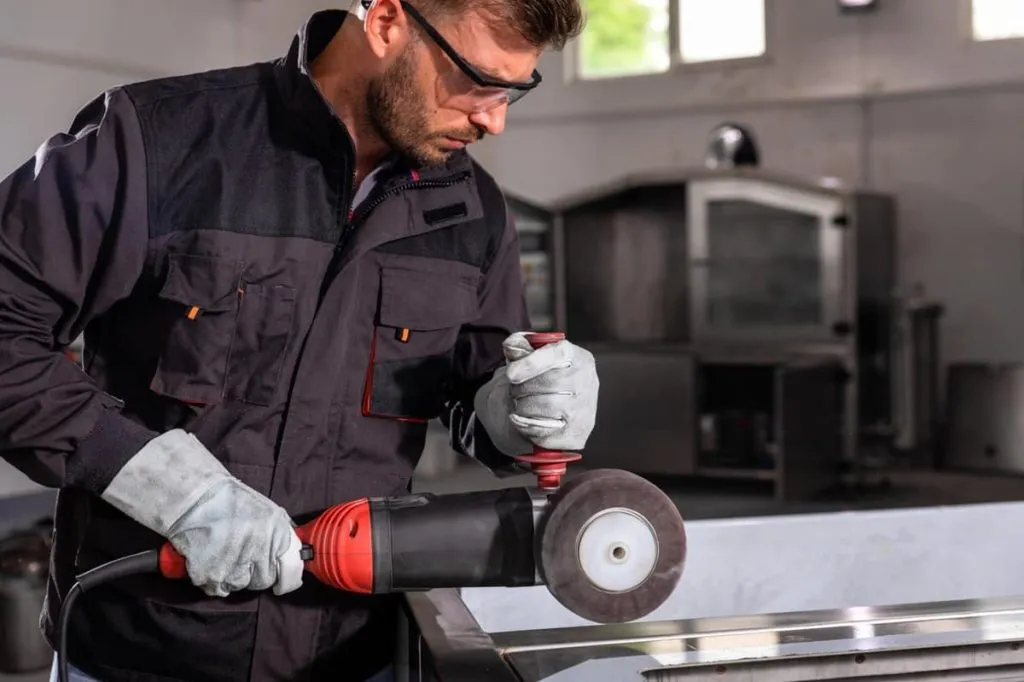
Hand sawing is a traditional method, ideal for small-scale projects or where precision is less critical. A hacksaw with a blade designed for metal cutting can do the job, but patience and stability are essential for a cleaner cut.
Angle Grinding
For thicker stainless steel, an angle grinder equipped with a cut-off wheel is effective. It is advisable for an operator to use a steady hand and protective gear, as this method generates a lot of sparks and heat.
Grinding Wheel Cutting:
Grinding wheel cutting is a cost-effective method suitable for cutting small or thin stainless steel pieces. It involves removing stainless steel material by rotating the grinding wheel, making it ideal for home use or small-scale processing facilities.
Plasma Cutting
Plasma cutting is a powerful technique that uses a plasma torch to cut through various thicknesses of stainless steel. It is highly efficient for larger projects, offering speed and the ability to cut through thicker materials.
Laser Cutting
Laser cutting provides the highest precision and cut quality. It is suitable for intricate designs and can handle a variety of stainless steel thicknesses with clean edges and minimal material warping. Laser cutting machines require significant investment but are optimal for high-volume or detailed work.
High-pressure Water Jet Cutting (waterjet):
This method utilizes high-pressure water jets to cut stainless steel, making it suitable for slicing through thicker stainless steel plates. During the cutting process, the water stream carries abrasive particles such as aluminum oxide or silicon carbide, grinding through the material to achieve smooth edges and clean cuts.
Progressive Die Stamping:
By utilizing round and triangular punches to create holes, although the cuts may not be perfectly smooth, they can meet the needs of most applications through well-designed tools and overlapping cuts.
During the process of cutting stainless steel, it’s crucial to select the appropriate cutting tools, pay attention to the rake angle, tool wear, and surface roughness, as well as the radius of the tool tip’s arc and the design of the cutting edge, to enhance machining efficiency and quality. Additionally, understanding the characteristics of stainless steel, such as its poor thermal conductivity and the tendency for chips to form build-up edges, is key to successfully cutting stainless steel.
When selecting a cutting method, factors such as the material’s thickness, cutting speed, the need for precision finishing, and post-cutting processing requirements must be considered. For example, laser cutting may be more suitable for thicker stainless steel materials because it can provide precise and clean cuts. For thin-walled stainless steel, shearing or sawing might be more appropriate, as these methods can complete the cut without affecting the surface of the material.
Finishing Touches
After cutting stainless steel, the final steps are crucial to ensure a professional outcome. Proper deburring and surface finishing not only enhance appearance but also improve functionality and safety.
Deburring
Deburring removes sharp edges and burrs left after cutting, creating a safer and more precise piece. One can use a hand file or a deburring tool to glide along the cut edge. It’s important to be thorough yet gentle to maintain the material integrity.
- Tools for Deburring:
- Hand file
- Deburring tool
- Wire brush
Surface Finishing
Surface finishing enhances the steel’s aesthetic and resistance to corrosion. Depending on the desired finish, one might sand with progressively finer grits or apply a coat of a protective product.
- Sandpaper Grit Progression:
- Start with a coarse grit (such as 120)
- Progress to finer grits (240, 320, 400)
- Protective Coatings:
- Clear lacquer
- Wax
- Specialty metal coatings
For a uniform finish, work in a single direction and check the work area frequently. Remember, patience and attention to detail at this stage can significantly improve the finished product’s quality.
Maintenance of Tools
When cutting stainless steel, maintaining your tools is crucial for ensuring precision, safety, and longevity. Regular maintenance also helps minimize tool wear and prevents workpiece contamination.
Cleaning: After each use, they should clean the tools thoroughly to remove any metal filings and debris. A stiff brush or compressed air often suffices for removing particles from cutting surfaces.
Lubrication: They should lubricate moving parts regularly. Proper lubrication prevents wear and tear and ensures smooth operation. Refer to the manufacturer’s guide for specific lubrication points and recommended products.
Inspection: Before any cutting task, one should inspect the blades or bits for damage or wear. Any tools displaying significant wear or damage should be replaced immediately.
Sharpening: Keeping cutting tools sharp is paramount. They may use a professional sharpening service or appropriate sharpening stones, adhering to the recommended angles and techniques for their specific tools.
Storage: Store tools in a dry, clean environment to prevent rust and corrosion. If possible, apply a light film of oil to the metal parts before storing for extended periods.
Tightening: They must routinely check and tighten any loose components, such as screws and bolts, on their tools. This ensures stability and accuracy during operation.
Here is a checklist for tool maintenance:
| Task | Frequency |
|---|---|
| Clean tools | After use |
| Lubricate moving parts | As per manufacturer’s guide |
| Inspect for wear | Before use |
| Sharpen cutting tools | When needed |
| Store in proper conditions | After use |
| Tighten loose components | Regularly |
Adhering to these maintenance steps will keep cutting tools for stainless steel in prime condition, providing reliable performance and extending the tool’s life.
Waste Management and Environmental Considerations
When cutting stainless steel, managing waste and minimizing environmental impact is paramount. Various waste products may include metal shavings, dust, and cutting fluids which can be hazardous.
Metal Shavings and Dust
- Collection: They should be collected using vacuum systems or magnetic tools.
- Recycling: Metal waste is often recyclable. Ensure proper storage until recycling.
Cutting Fluids
- Use: They reduce heat and friction but can be harmful if not handled correctly.
- Disposal: Follow local regulations for disposing of used fluids, preventing soil and water contamination.
Air Quality
- Ensure adequate ventilation to mitigate fumes and particulates.
- Regularly maintain equipment to reduce emissions.
Noise Pollution
- Implement sound-dampening measures to minimize noise from cutting equipment.
- Provide workers with protective gear such as earplugs.
Environmental regulations can vary by region, so it’s essential to stay informed and comply with all local guidelines. Employing best practices in waste management and environmental preservation not only complies with legal requirements but also contributes to a sustainable future.

